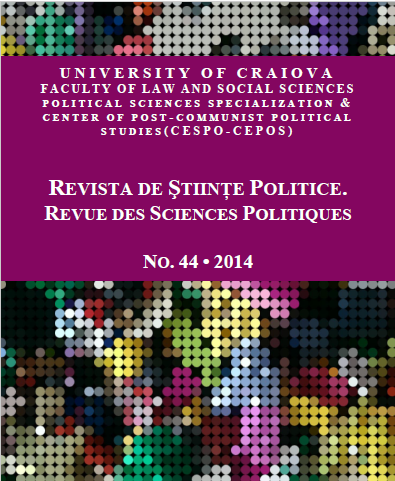Ruskin’s Aesthetic Theories at the Transition between Centuries (XIX-XX)
Ruskin’s Aesthetic Theories at the Transition between Centuries (XIX-XX)
Author(s): Victor OlaruSubject(s): Cultural history, Architecture, Visual Arts, Aesthetics, 19th Century, Pre-WW I & WW I (1900 -1919)
Published by: Editura Universitaria Craiova
Keywords: John Ruskin; Gothic; architecture; painting; sculpture; landscape; incipient modernism;
Summary/Abstract: This paper attempts to present and interpret Ruskin’s aesthetic theories at the transition between the 19th and the 20th centuries, as well as their impact on the development and tradition of European and Anglo-American modernism. Early 20th writers generally rejected Ruskin, as part of the modernist rebellion pattern against Victorian culture. Yet most of them rightly found in Ruskin an incipient modernism, both in his ideas and in his style. As Sharon Aronofsky Welman puts it in “Ruskin and Modernism” emphatic dismissal of Ruskin did not necessarily prevent his thought from permeating the new aesthetic (Welman, 2001: 7). While modernism renounced certain aspects of Ruskin's work, such as his retreat from modernity and his nostalgic backward glance at the Gothic, the moderns retained more of their Ruskinian inheritance than they threw away”. In conclusion, one may assert that, although 20th century scholars took pains in minimizing Ruskin’s merits, their effort has actually emphasized both his influence that reached across the world, and the part he played in the foundation of modernism.
Journal: Revista de Științe Politice. Revue des Sciences Politiques
- Issue Year: 2014
- Issue No: 44
- Page Range: 225-237
- Page Count: 13
- Language: English

